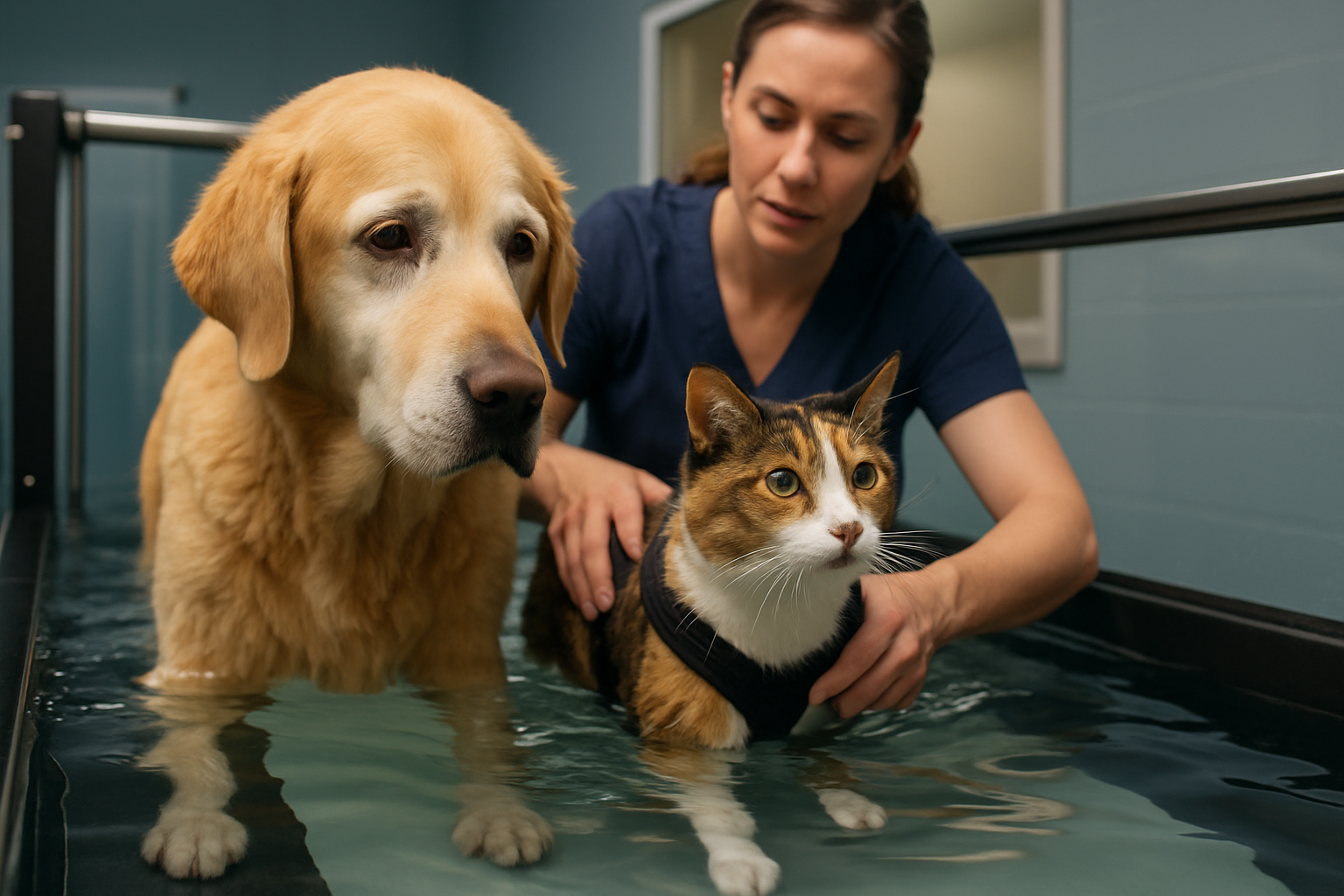Microchipping and identification options for traveling companions
Reliable identification is a core part of safe travel with pets. This article outlines microchipping, alternative ID methods, and the documentation often needed for relocation, boarding, or adoption. It covers veterinary checks, vaccination records, behavior notes, and emergency planning to help keep traveling companions identified and protected.

Keeping a traveling companion identified reduces the risk of permanent separation and eases care during relocations, boarding stays, or emergencies. When animals move between homes, across state lines, or internationally, clear identification tied to up-to-date contact and medical information supports timely reunification and appropriate care. This article explains microchipping and other ID options, how veterinary and vaccination steps interact with identification, and practical records to share with caregivers and carriers.
How does microchipping aid travel identification?
Microchipping is a permanent form of identification: a small electronic device implanted under the skin that carries a unique ID number readable by compatible scanners. For travel, microchips that conform to international ISO standards are commonly recommended because many airports, shelters, and veterinary clinics use ISO readers. A microchip is only effective if the pet’s ID number is registered in a searchable database with current contact details, and travelers should verify registration before departure. Microchipping complements external tags rather than replacing them.
What veterinary and vaccination steps are needed?
Veterinary checks and vaccination records are central to both ID and travel readiness. Many carriers and countries require a recent health certificate, proof of core vaccinations, and sometimes parasite treatments or titers. Maintaining a documented veterinary wellness plan helps when boarding facilities or new caregivers need medical history. In emergency situations, having clear vaccination and vet contact information linked to a pet’s ID can speed treatment decisions and reduce delays at checkpoints or quarantine facilities.
Identification alternatives besides microchips?
External ID options include engraved collars or tags with phone numbers, temporary travel tags, and pet passports or health certificates that carry owner and medical details. GPS tracking collars offer location visibility but are dependent on battery life and connectivity. Some shelters and services support tattooing or QR-code tags that link to online profiles. Each option has pros and cons: visible tags provide immediate contact info, while microchips and registered databases support formal identification when a collar is lost during travel.
Relocation, boarding, and quarantine: ID impacts?
Relocation and boarding arrangements often require clear identification on intake forms, crates, and paperwork. Boarding facilities typically ask for ID tags, proof of vaccinations, and an emergency contact; proper identification speeds reunification if a pet escapes. International relocation can add quarantine requirements or specific ID standards; some countries insist on ISO microchips and documented vaccination timelines. During quarantine, consistent documentation of identification and medical status helps caretakers manage care and comply with regulatory checks.
Documenting nutrition, grooming, and behavior
When pets travel or are placed in boarding or foster care, documenting nutrition, grooming, and behavior supports consistent care and reduces stress. A written or digital profile that lists feeding schedules, dietary restrictions, favorite treats, grooming needs, and known behavior triggers is useful to both temporary caregivers and veterinary staff. Including the pet’s microchip number, collar ID, primary vet contact, and emergency contacts in these records ensures that anyone handling the animal has quick access to identification and wellness information.
Emergency and adoption considerations for ID
In adoption or transfer scenarios, updating microchip registration to the new owner is essential to maintain accurate contact information. Emergency preparedness for traveling companions should include duplicate ID records—digital copies of vaccination certificates, microchip numbers, and veterinary contacts stored securely online and printed copies kept with carriers. Socialization notes and behavior summaries can assist shelters and adopters in providing appropriate environments during temporary housing or adoption transitions, helping reduce stress-related incidents.
This article is for informational purposes only and should not be considered medical advice. Please consult a qualified healthcare professional for personalized guidance and treatment.
Proper identification combines permanent methods, visible tags, and up-to-date records managed through veterinary and boarding channels. For travelers, verifying microchip standards, ensuring vaccinations and health certificates are current, and sharing clear nutrition, grooming, and behavior notes with caregivers and carriers will help the traveling companion receive consistent care and return home quickly if separated.





